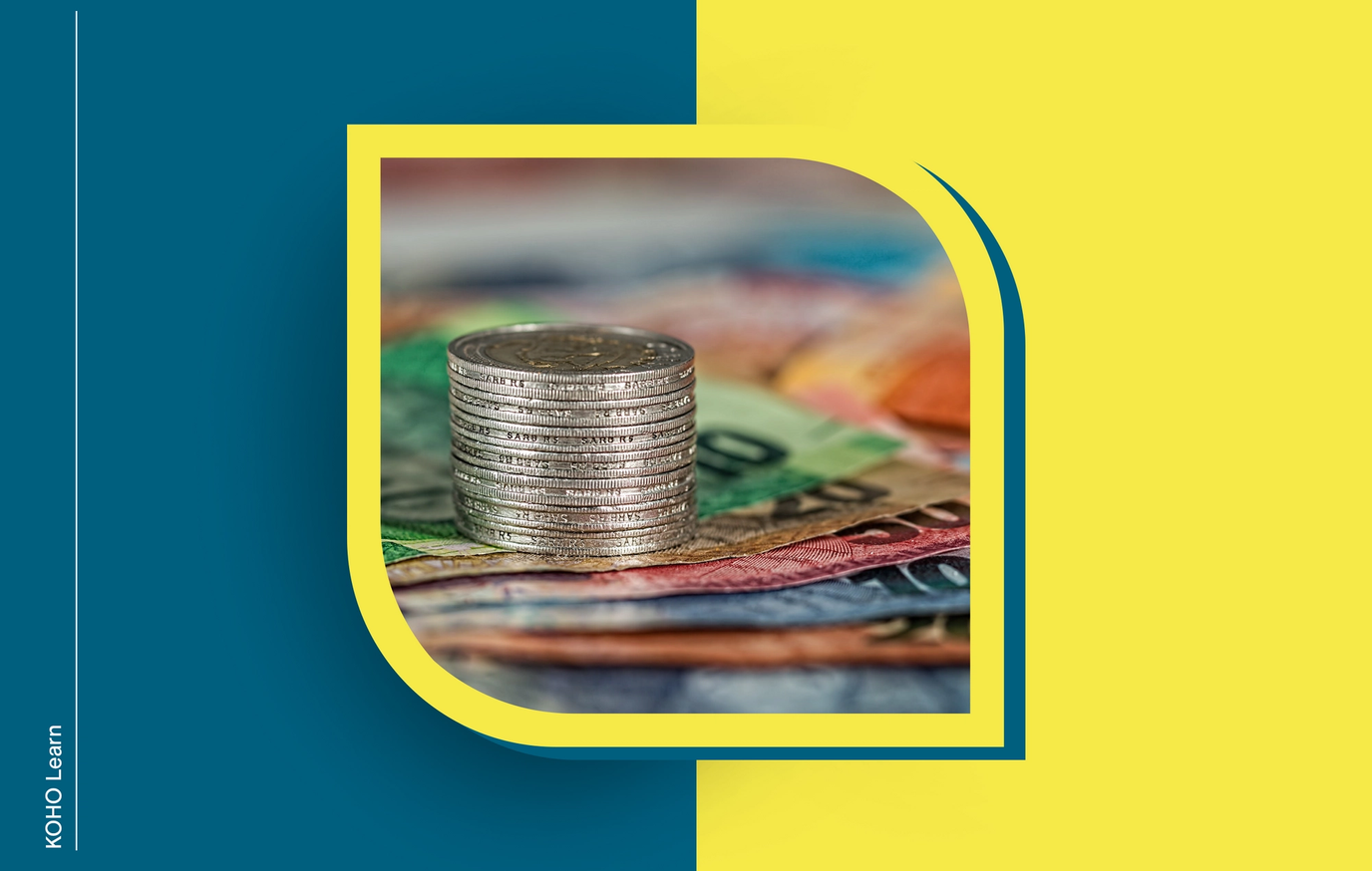
Savings, the unsung heroes of our financial lives, are what stand between us and life's little surprises—like that sudden car breakdown or the allure of a sun-drenched beach getaway.
So, how many savings accounts would make sense for you? Up here in Canada, the sky's the limit. There's no cap on the number of savings accounts you can open.
This freedom allows you to divide and conquer, setting aside cash for those just-in-case moments, saving for predictable costs like school fees, and amassing funds for the dreams you're counting down to.
Imagine each of your goals having its own cozy nook in the form of a Canadian savings account, a place where your money isn't just safe, but growing.
How Much Savings Should I Have?
Deciding how much money you should save isn't always straightforward. It’s much like tailoring a suit—it needs to fit your personal circumstances perfectly. A commonly accepted guideline is to have a few thousand dollars set aside for emergencies.
This acts as a financial safety net, ready to catch you when life throws you a curveball.
Picture this: you set aside $3,000 in a high-interest savings account as an emergency fund. Separately, you earmark $200 monthly for holiday gifts tucked away in an account with one of the best savings rates in Canada.
Come December, not only do you have your gift budget ready, but it’s also earned a little extra from interest, taking some pressure off your end-of-year finances.
Moving forward with our savings roadmap, imagine you’re saving for a down payment. You could aim to save $500 every month in a dedicated account. With a high interest rate over two years, this isn't just $12,000 saved; it's $12,000 plus interest, which could easily cover closing costs as well.
Yet, beyond this emergency cushion, there's merit in setting up multiple savings 'pots,' each earmarked for different facets of your life. Imagine one pot is for those just-in-case scenarios, another for planned expenses that are on the horizon, and yet another for those big dreams that you’re working towards year by year.
The advantage of this approach is flexibility, especially when utilizing a variety of Canadian savings accounts. It allows you to adapt your savings plan to meet different objectives simultaneously without getting your wires crossed.
For day-to-day peace of mind, a standard savings account may do just fine. But for goals that are further out, you might lean towards setting up saving accounts that offer the best interest rates in Canada, ensuring your money grows more robustly over time.
This is where high interest savings accounts in Canada come into play, offering a compelling option for savers looking for higher returns on their stashed funds. Financial institutions in Canada have crafted these accounts for savers who want their money to do more than just sit there. These accounts are for funds to flourish.
Let’s break it down: An emergency fund in high interest savings accounts means every dollar is working harder, potentially turning those ‘few thousand dollars’ into a more substantial safety net without any extra effort from you.
For those planned expenses, such as a down payment or a big trip, a separate high-interest account can help you reach those targets faster, thanks to the magic of compound interest.
As for those long-term objectives, think retirement or your child’s education, tapping into the best savings interest rates Canada can offer means even modest monthly savings can swell into significant sums over the years.
These are the accounts that you set, forget, and then delight in down the road when you see how much they’ve accumulated.
For those looking to navigate these waters, resources like KOHO’s guide to savings accounts can prove invaluable, providing insights on how such accounts can serve your unique saving needs.
Understanding the ins and outs of online banks in Canada through KOHO can open up a new world of banking convenience and efficiency.
In the end, the number of savings accounts you have should reflect the number of financial goals you’re aiming for, each one tailored to meet specific needs. With the right accounts – and a bit of guidance – your savings plan can become a powerful tool in building a secure and prosperous financial future.
Weighing the Pros and Cons of Multiple Savings Accounts
When it comes to saving money, it's all about finding the right balance for you. Think of it as a savings buffet: you want to fill your plate with just enough variety but not so much that it becomes overwhelming.
Experts often recommend having a financial safety net, typically a couple of thousand dollars, stashed away for those 'just in case' moments—like when the car suddenly decides to break down, or the furnace goes on the fritz.
Now, let's talk about your bigger dreams—maybe a sun-soaked vacation, paying off those hefty tuition bills, or cruising into retirement.
Here's where having different savings accounts can be your ticket to success. Each one acts like a dedicated jar labeled for each goal. It’s a neat and tidy way to watch your money grow toward each of your aspirations.
But be cautious—more accounts mean more to keep an eye on, and your financial stage shouldn’t turn into a juggling act. Balance is crucial: too many accounts and you may drop the ball. Just enough, and you can keep a smooth savings rhythm.
And here’s a pro tip: Look for accounts with the highest saving interest. These accounts are like the lead soloists in an orchestra, hitting the high notes that boost your savings performance. By putting your money into these high-yield accounts, you're setting yourself up for a louder, sweeter payoff in the end.
How to Manage Multiple Savings Accounts
Juggling multiple savings accounts doesn't have to be overwhelming. The key is organization and a dash of technology. Give each of your accounts a clear name that reflects its purpose—like 'Rainy Day Fund' or 'New Car Savings.' This way, you’ll always know what you’re feeding with every deposit.
To keep the savings momentum going, set up automatic transfers. This way, your savings grow steadily without you lifting a finger after the initial setup.
Meanwhile, get familiar with a budgeting app that aggregates all your accounts in one view. It's like having a financial dashboard that shows you at a glance where you stand on your savings journey.
And here’s where a bit of savvy comes into play: be on the lookout for the best savings interest rates in Canada. A little research can lead to significant gains. Institutions like KOHO offer up to 5% high interest savings account options, turning what seems like a small stream of interest into a river over time.
By routinely reviewing your accounts and interest rates, you ensure you're always getting the best savings rates in Canada. Remember, the most efficient management is about making your money work hard for you, so you don't have to.
With KOHO, you’re not just inching towards your financial goals; you’re leapfrogging with a high return rate of up to 5%. It's a rate that outpaces many traditional banks, presenting you with the question: Why settle for less when you can earn more right now?
Check out KOHO’s subscription plans to find your perfect match, and when you’re ready to see your money multiply, explore the 5% High Interest Savings Account. With KOHO, you place your money where the growth is immediate, accessible, and unequivocally better.

About the author
Nick is a freelance writer and entrepreneur with a particular interest in business finance. He's been featured in publications like Popular Mechanics and Apple News
Read more about this author